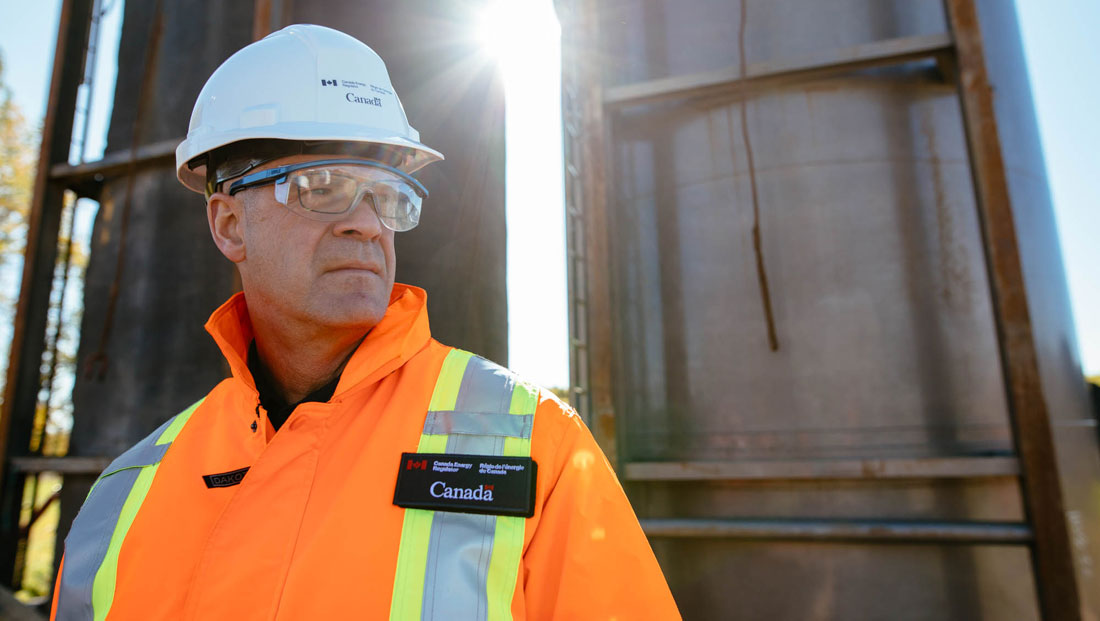Learning from the Westcoast rupture:
Innovating how we keep companies accountable

March 4, 2020
Preventing harm is the foundation of how the Canada Energy Regulator (CER) keeps people safe and protects the environment.
Following Westcoast’s natural gas pipeline rupture near Prince George, BC in fall 2018, the CER responded immediately. We were part of a coordinated emergency response to ensure the immediate safety of affected individuals and the Lheidli T’enneh community.
Since the incident, CER technical staff have worked closely with Westcoast to evaluate the line as it was safely returned to full service. Emergency response and rigorous oversight of return to service are critical to preventing harm, but we have to go even further. Beyond ensuring compliance, it’s events like these that bring us to ask: How do we best prevent harm? And what more can we do to advance pipeline safety?
The Transportation Safety Board (TSB) has now issued its Final Investigation Report of the Westcoast incident. The CER cooperates with safety organizations like the TSB to ensure all root causes of the incident are identified, understood and acted upon to prevent similar events from happening again.
While the TSB led the Westcoast incident investigation to determine the cause and contributing factors, CER analysis of non-compliances and incidents like this one plays a critical role in advancing our regulatory oversight. It also shapes our risk-informed approach to helping keep pipelines safe. “We must continue to adapt,” says CER Chief Engineer Iain Colquhoun. And this means innovating how we keep companies accountable. Along with making sure companies are following the rules, we have to find ways to push the boundaries of what the federal regulator can do to help keep energy moving safely through our country’s pipelines and powerlines.
The CER expects companies to adopt new technologies and approaches to continuously improve safety. We hold ourselves to these same expectations. Experimenting with data analysis is helping us understand trends and risks that might otherwise be missed. This is helping us to efficiently find areas where we could improve how we work and where we should focus our oversight.
This proactive approach to preventing harm is clear in the CER’s safety and information advisories, such as the recently issued Safety Advisory related to Girth Welds. These preventative measures are one way in which the CER continues to positively influence industry standards and best practices.
“It is not enough to say that a pipeline is safe to operate following an incident,” says Colquhoun: “We must use these events as catalysts to reinforce safe practices while exploring new ways to identify, understand and minimize risk.”
- Date modified:
